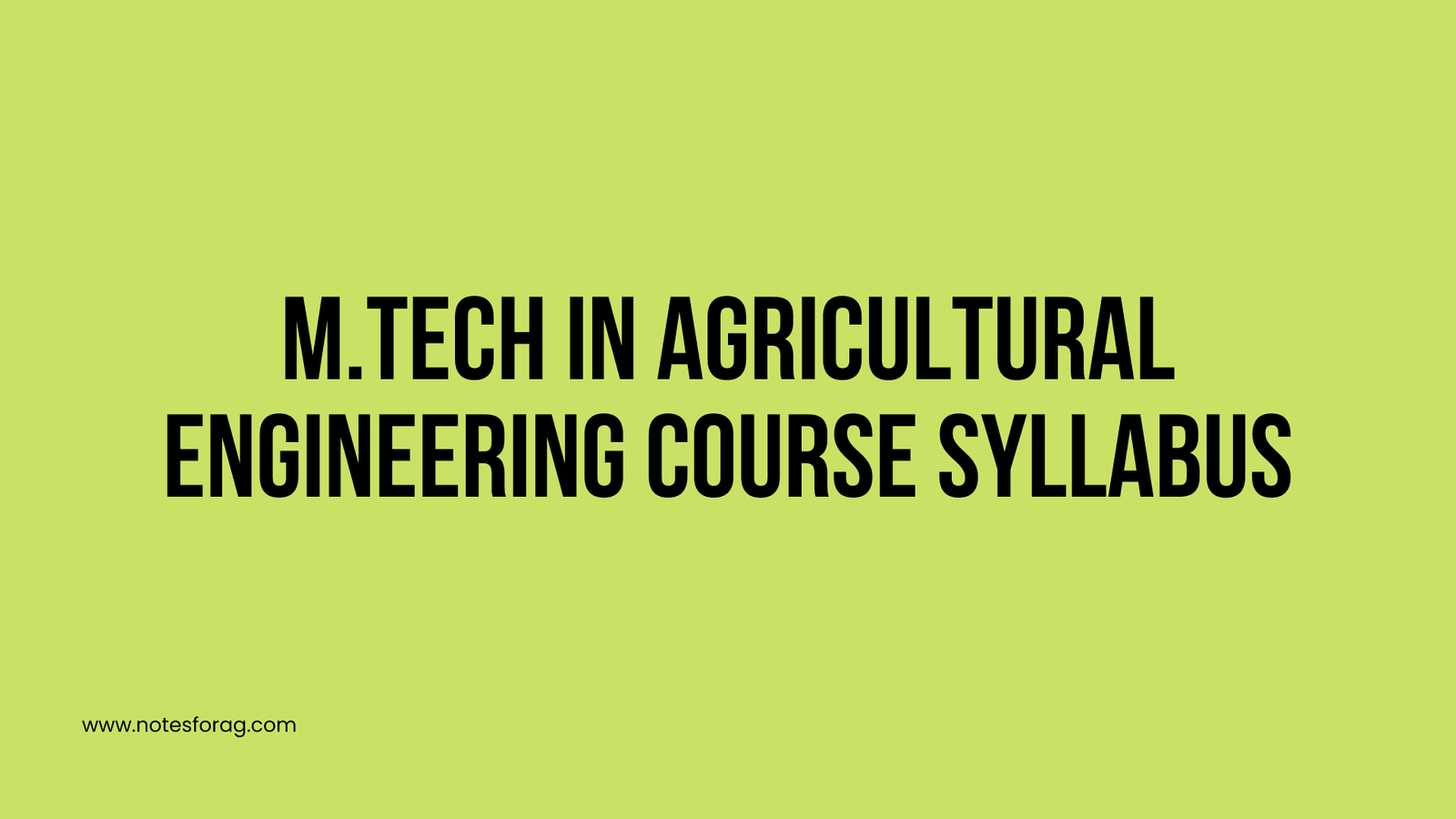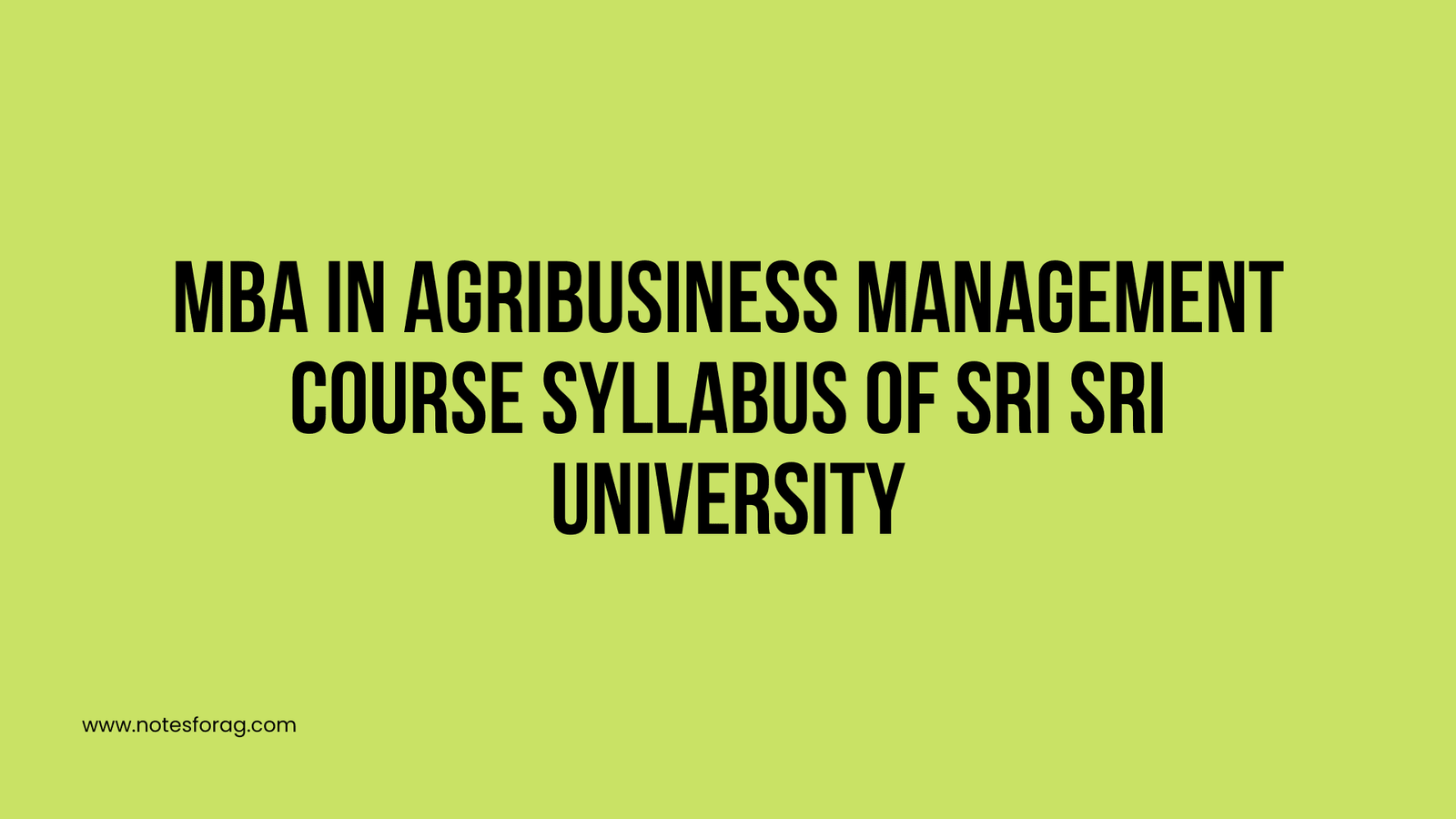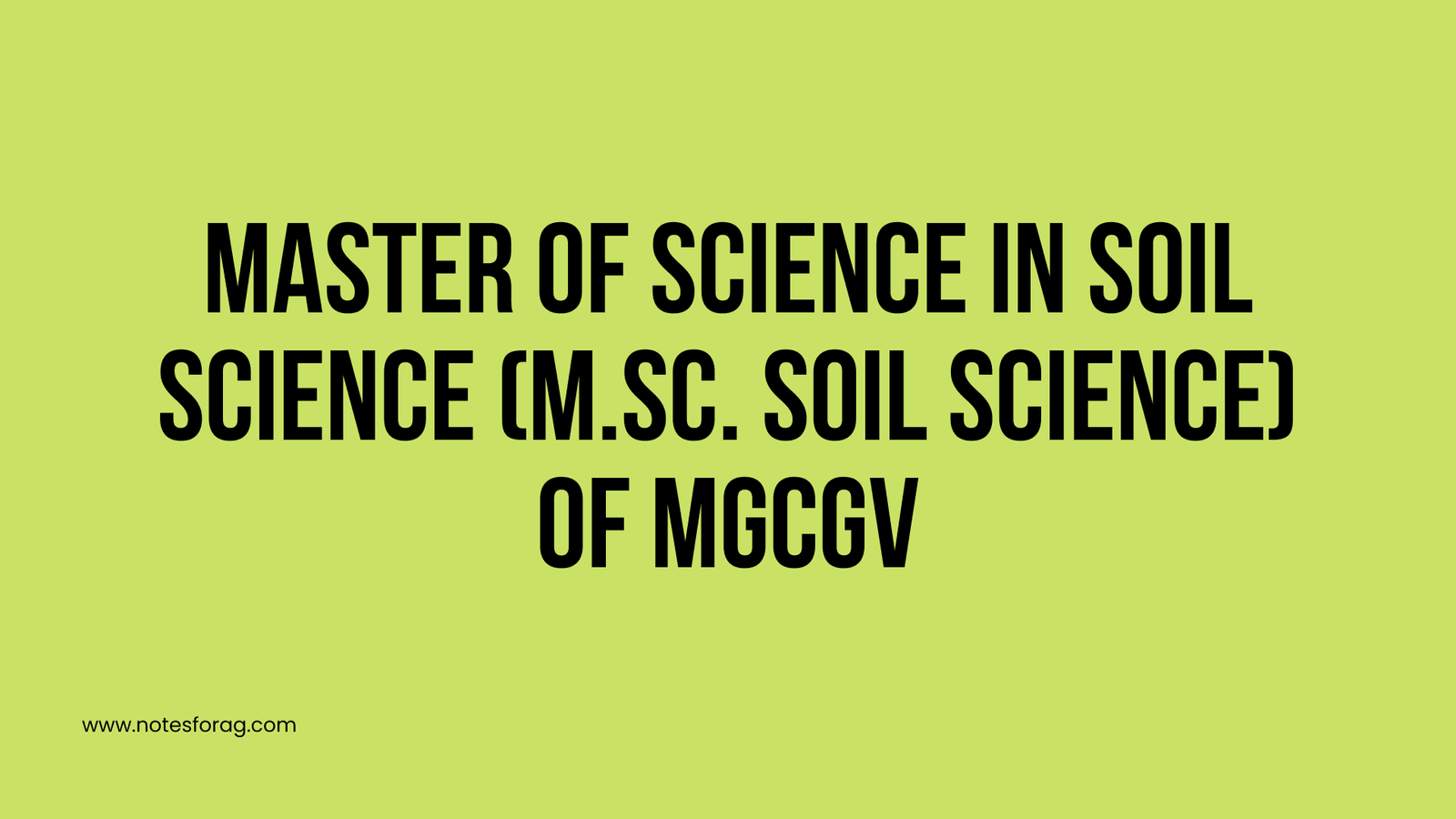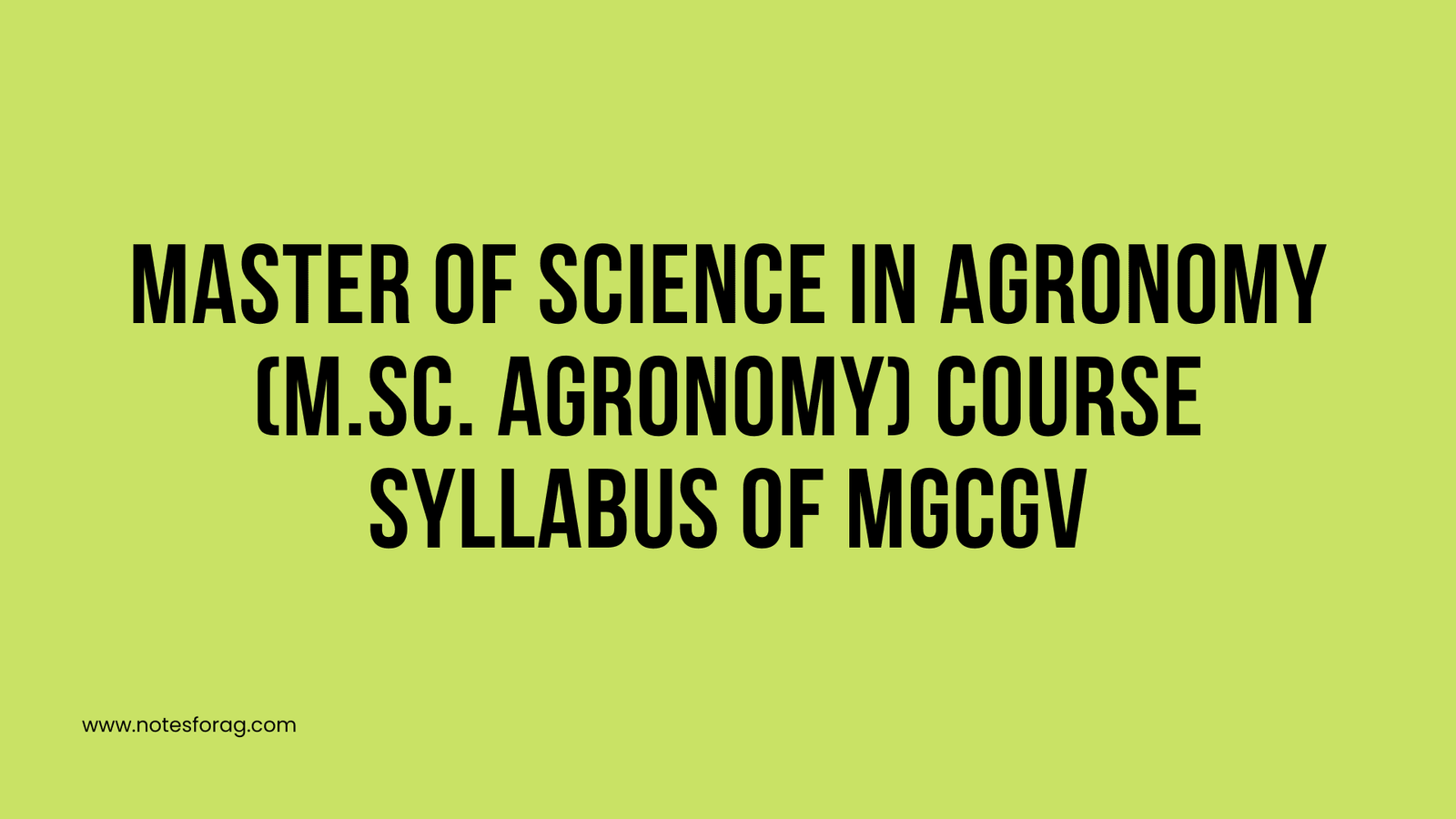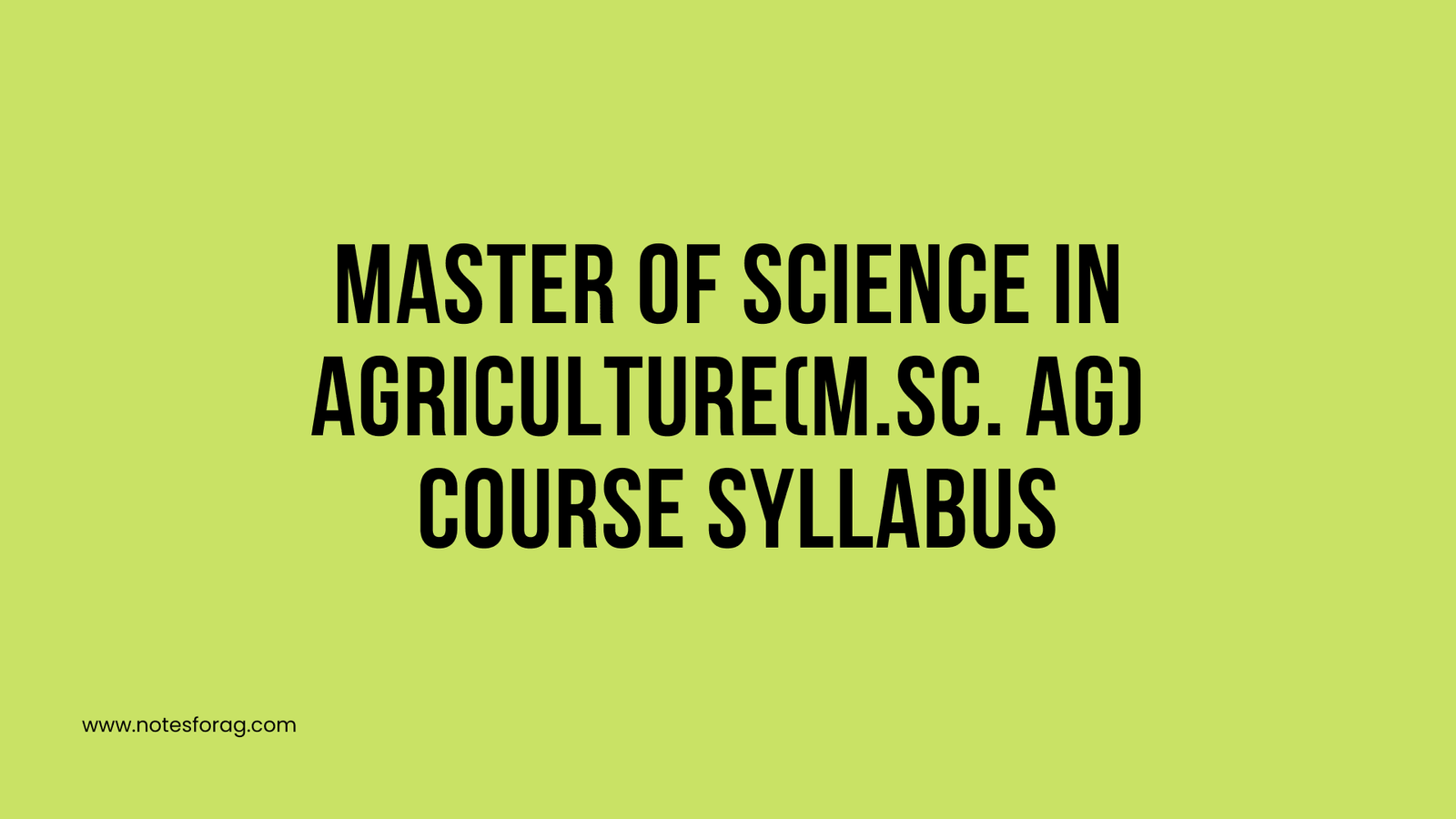M.Tech in Agricultural Engineering Course Syllabus
The M.Tech in Agricultural Engineering in India is a two-year postgraduate program designed to deepen students’ understanding of advanced agricultural technologies and sustainable farming practices. The syllabus typically includes core subjects such as Farm Machinery and Power, Soil and Water Conservation Engineering, Irrigation and Drainage Systems, Agricultural Process Engineering, and Renewable Energy in Agriculture. These … Read more

